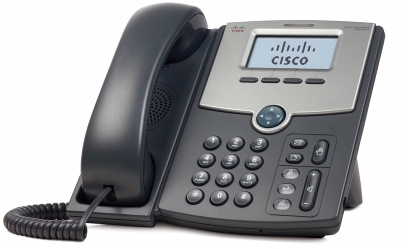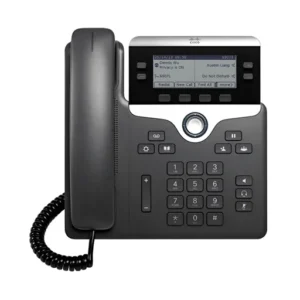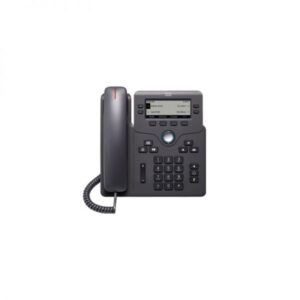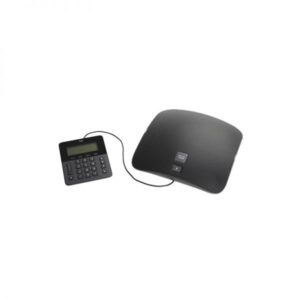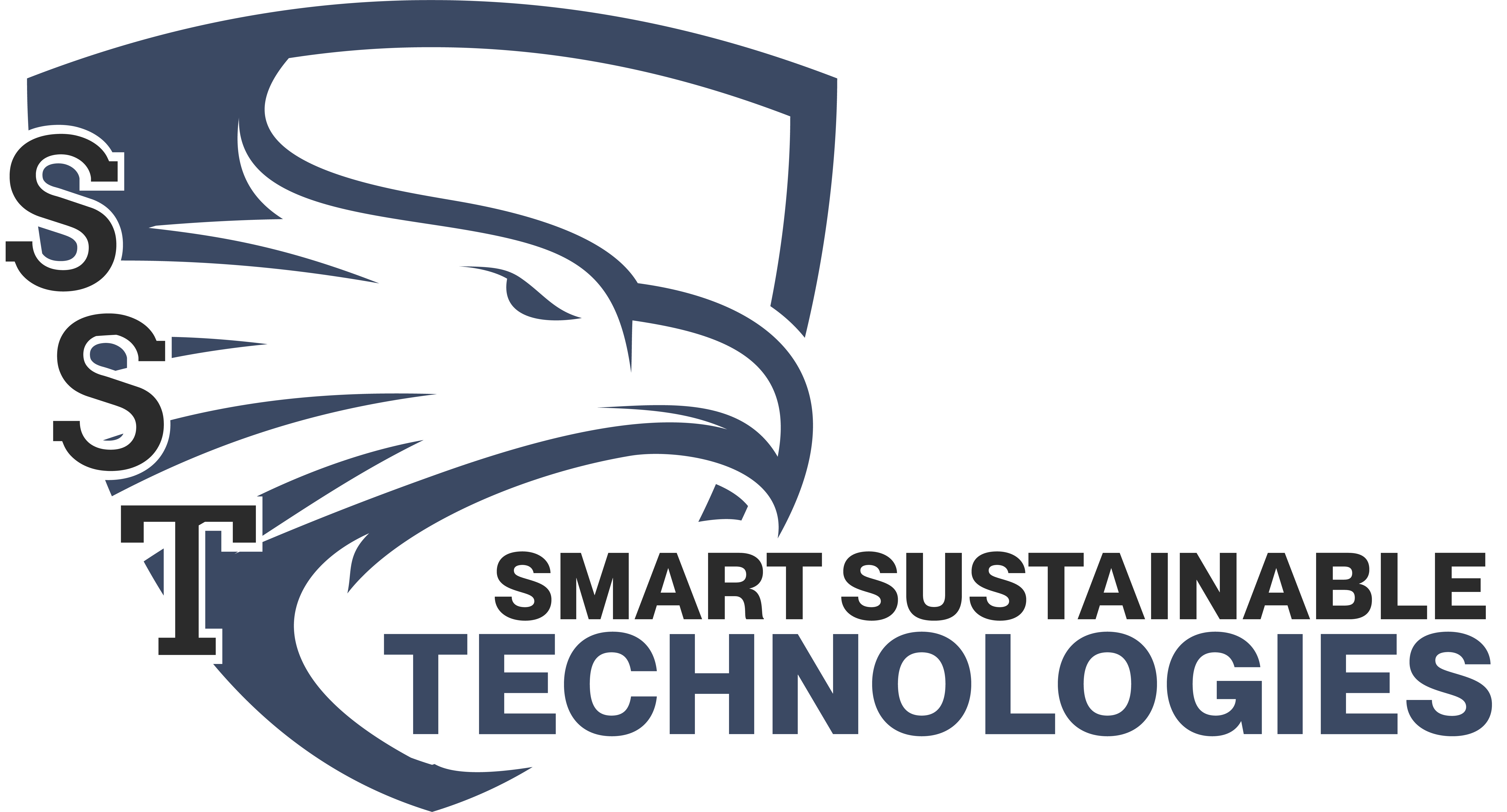Description
Highlights
For business or home office use – Dependable, Affordable and Feature Rich – Full-featured 1-line business-class IP phone supporting Power over Ethernet (PoE) – Monochrome backlit display for ease of use, aesthetics, and on-screen applications – Connects directly to an Internet telephone service provider or to an IP private branch exchange (PBX) – Dual switched Ethernet ports for connecting a computer behind the phone, reducing cabling costs – Wideband audio for unsurpassed voice clarity and enhanced speaker quality – Easy installation and highly secure remote provisioning, as well as menu-based and web-based configuration – Supports up to two Cisco® SPA 500S Expansion Module, adding up to 64 additional buttons* – Supports both Session Initiation Protocol (SIP) and Smart Phone Control Protocol (SPCP) with the Cisco Unified Communications 500 Series for Small Business
Comprehensive Interoperability and SIP-Based Feature Set
Part of the Cisco Small Business Pro Series, the SIP based Cisco SPA 502G 1-Line IP Phone (Figure 1) has been tested to ensure comprehensive interoperability with equipment from voice over IP (VoIP) infrastructure leaders, enabling service providers to quickly roll out competitive, feature-rich services to their customers. With hundreds of features and configurable service parameters, the Cisco SPA 502G addresses the requirements of traditional business users while building on the advantages of IP telephony. Features such as easy station moves and shared line appearances (across local and geographically dispersed locations) are just some of the many advantages of the SPA 502G. The Cisco SPA 502G 1-Line IP phone also supports productivity-enhancing features such as VoiceView Express and Cisco XML applications when used with Cisco Unified Communications 500 Series in SPCP mode.
Carrier-Grade Security, Provisioning, and Management
The Cisco SPA 502G uses standard encryption protocols to perform highly secure remote provisioning and unobtrusive in-service software upgrades. Remote provisioning tools include detailed performance measurement and troubleshooting features, enabling network providers to deliver high-quality support to their subscribers. Remote provisioning also saves service providers the time and expense of managing, preloading, and reconfiguring customer premises equipment.

